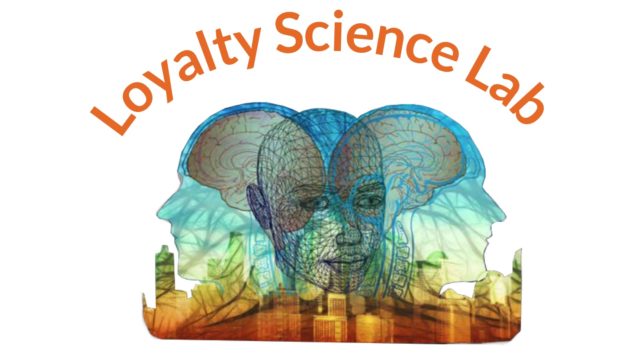In the last couple of months, I have been super busy starting a new exciting research initiative, the Loyalty Science Lab. Housed at my university, the Lab’s mission is to create and promote cutting-edge scientific research on brand and customer loyalty. Through collaborative efforts between marketing practitioners and academic researchers from multiple disciplines and multiple industries, the Loyalty Science Lab identifies high-priority loyalty-related issues, engages in deep, evidence-based scientific research on these issues, and disseminates the insight to benefit loyalty research and practice. I am happy to say that the Loyalty Science Lab is now up and running!
As its first major initiative, the Loyalty Science Lab spoke with a group of leading marketing practitioners and academics. The purpose of the conversations was to identify important loyalty-related issues that need deep, focused research. The questions generated through this process were further narrowed down by the experts on our advisory board into a list of top-tier and second-tier questions.
In this article, I would like to share with you the major loyalty issues we’ve identified that need more research at this time. For a complete list of the research questions, you can download The Loyalty Puzzle 2020–2022 edition.
Continue reading “The Loyalty Puzzle: What Loyalty Research Needs to Answer Now”

